Nigerians have received assurances from the Nigeria Hydrological Services Agency (NIHSA) that the country is closely monitoring and controlling the water levels in the River Niger as it prepares for potential flooding.
NIHSA’s Director-General, Mr. Umar Mohammed, in a statement released on Tuesday in Abuja, pointed out the importance of adhering to flood preparedness protocols.
He said that water levels in the River Niger Basin have been gradually receding since early October, adding that Jebba Dam is currently spilling excess water in coordination with operators of the Kainji Dam.
Mohammed said: “The Kainji Dam has maintained a 53-centimetre buffer to manage any changes in water inflow.
“NIHSA, through our Director of Operational Hydrology, Mr. Femi Bejide, is working closely with the operators of Kainji and Jebba Dams to ensure effective reservoir management.”
The DG announced that, despite the rainy season’s southward shift, water continues to flow into Nigeria, as tracked by NIHSA’s monitoring stations at Jidere Bode and Kende.
He reaffirmed NIHSA’s dedication to collaborating with national and international dam authorities to mitigate river flooding and promote Nigeria’s socio-economic development.
Mohammed added that the agency will continue to monitor weather patterns and water inflows, urging communities in flood-prone areas to stay vigilant and adhere to all safety guidelines.
According to Persecondnews, the NIHSA’s 2024 Annual Flood Outlook reveals that 148 local government areas across 31 states are at high risk of flooding.
The agency issued a warning on September 25 regarding the steady rise in water levels, cautioning stakeholders and the public about potential flooding.
The affected states include Adamawa, Akwa-Ibom, Anambra, Bauchi, Bayelsa, Benue, Borno, Cross River, Delta, Ebonyi, Edo, Imo, Jigawa, Kaduna, Kano, Katsina, and Kebbi.
Others are Kogi, Kwara, Lagos, Nasarawa, Niger, Ogun, Ondo, Osun, Oyo, Plateau, Rivers, Sokoto, Taraba, and Yobe.







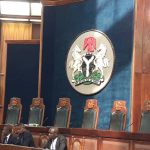

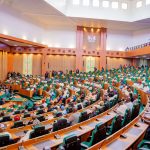


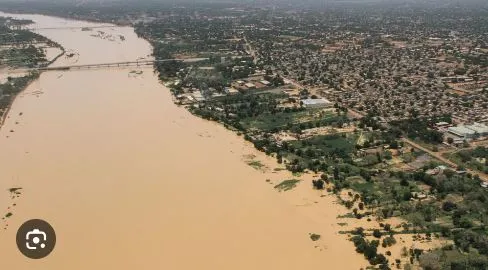







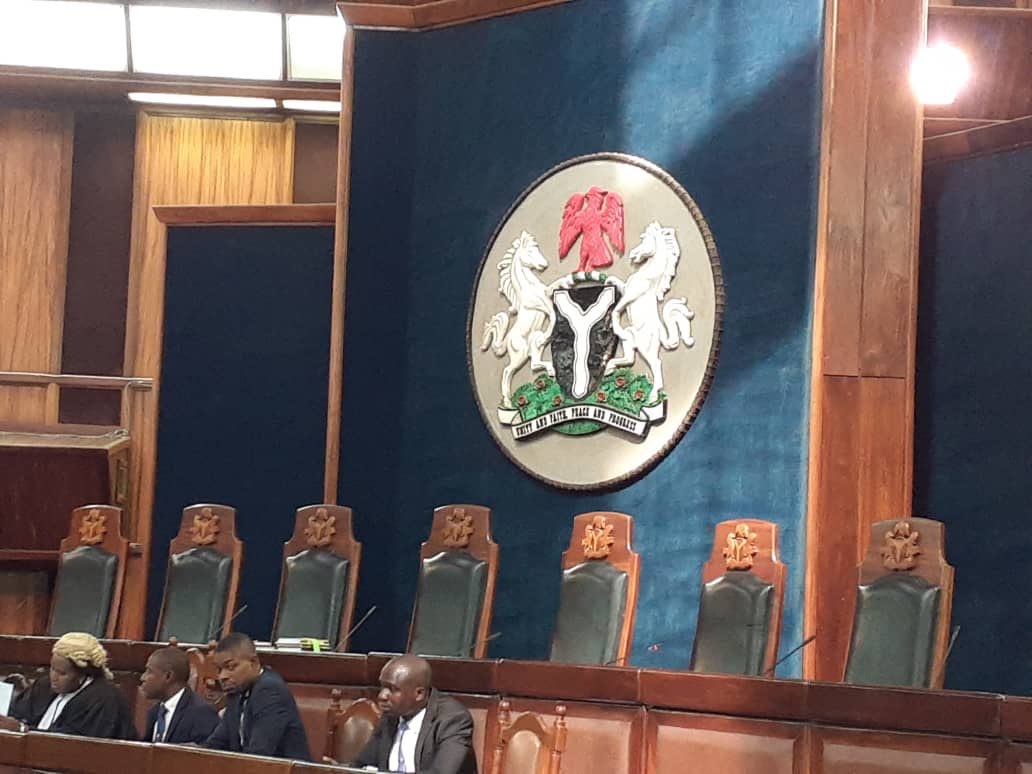




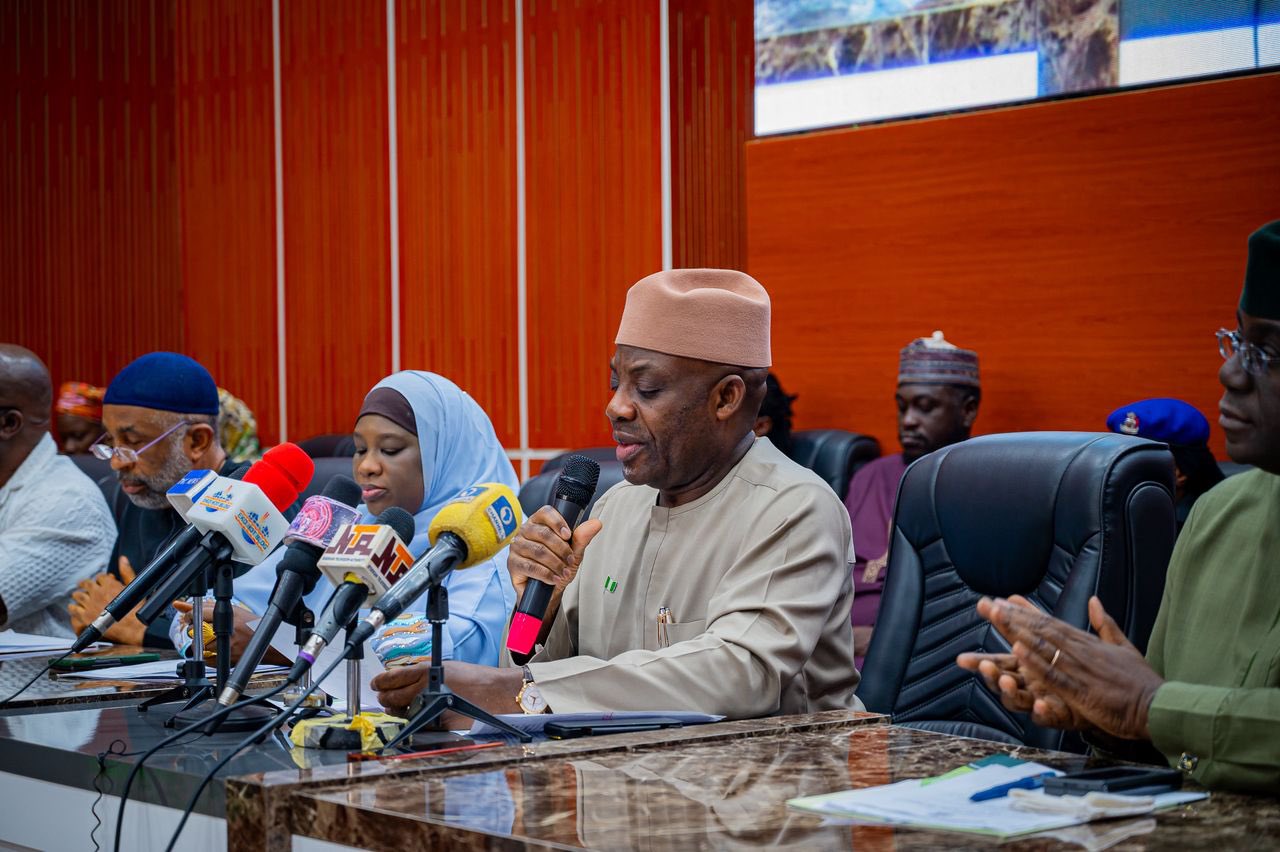
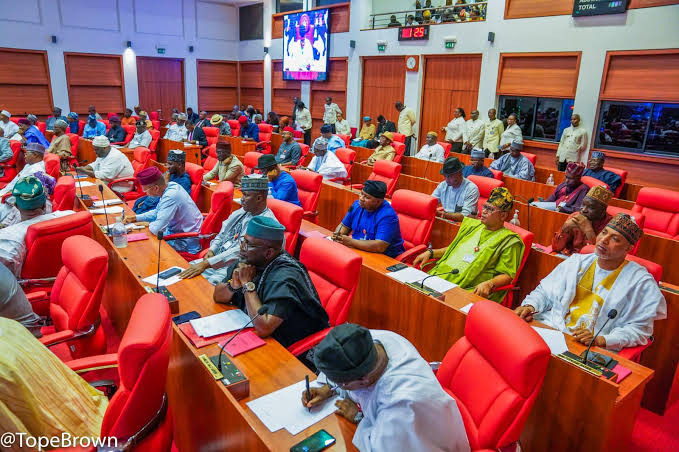

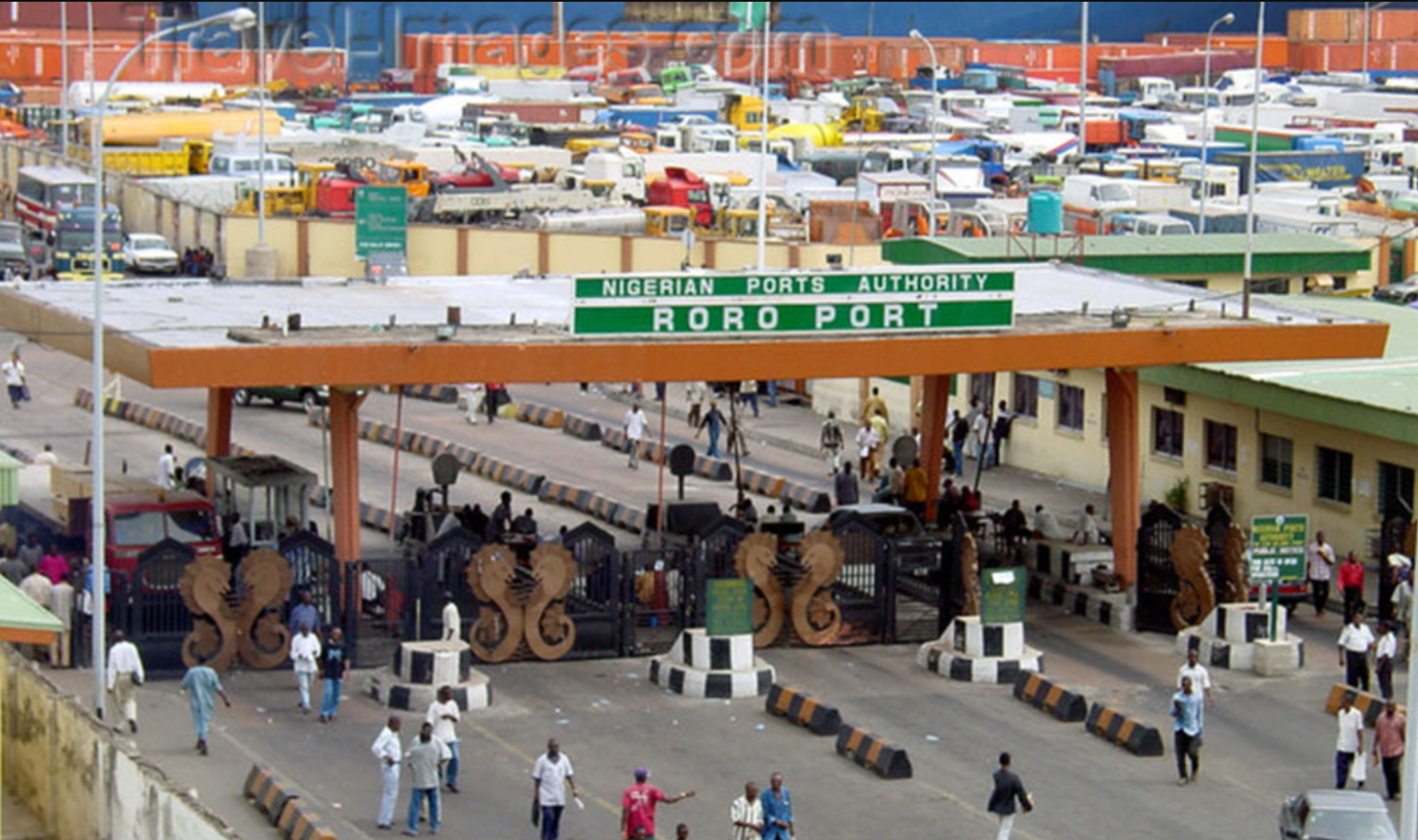


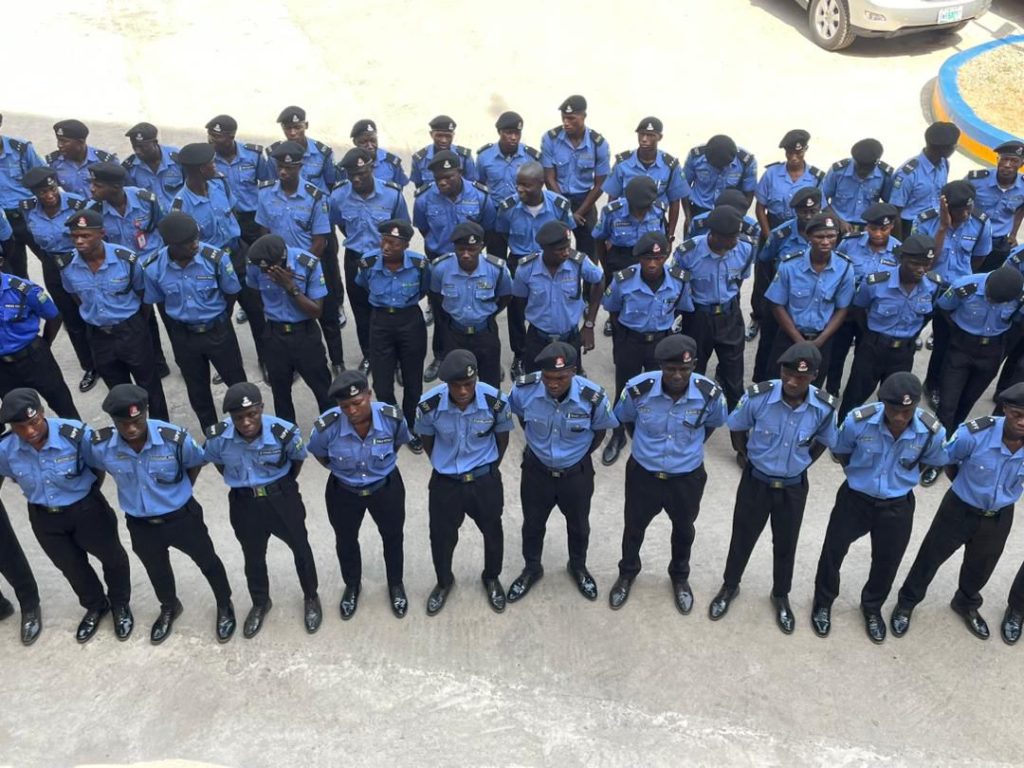



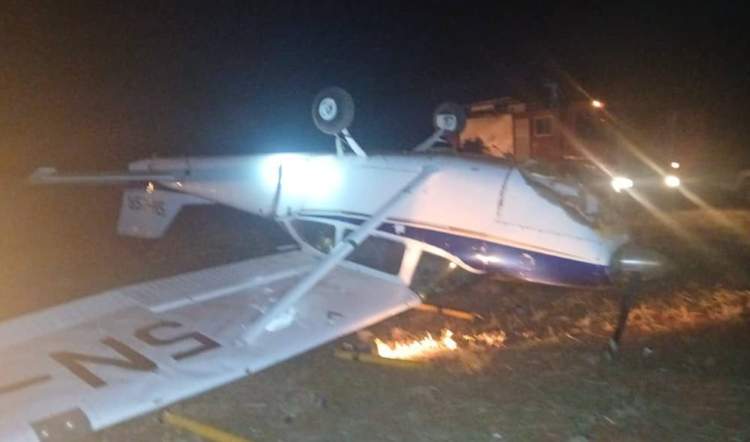


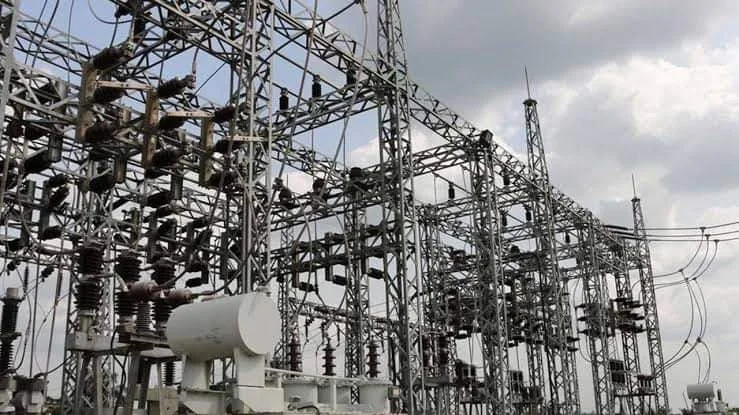
Leave a comment